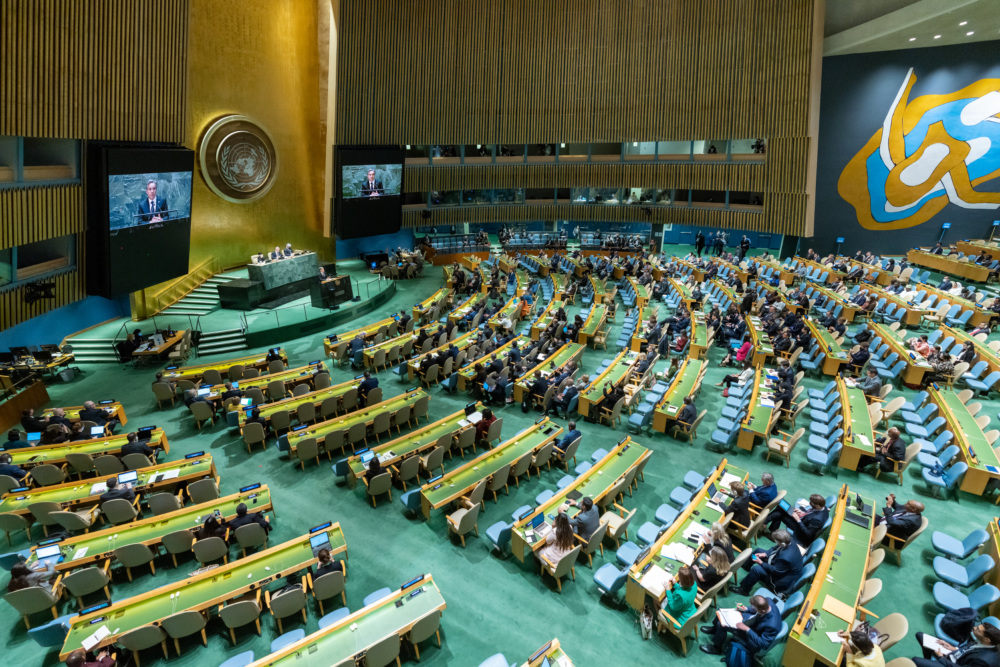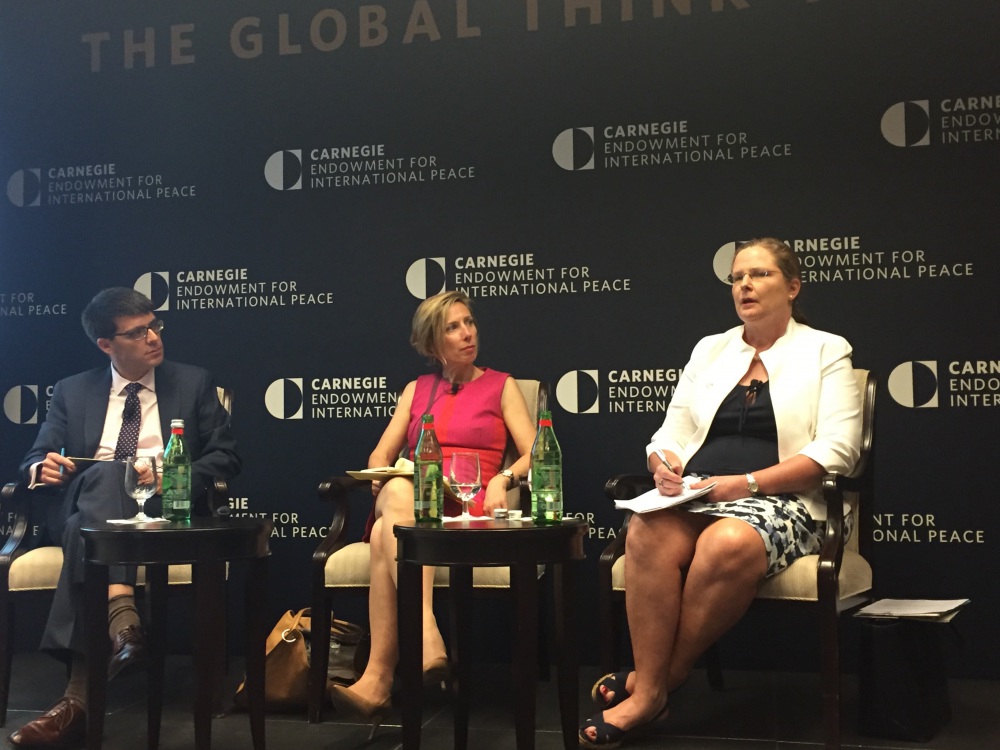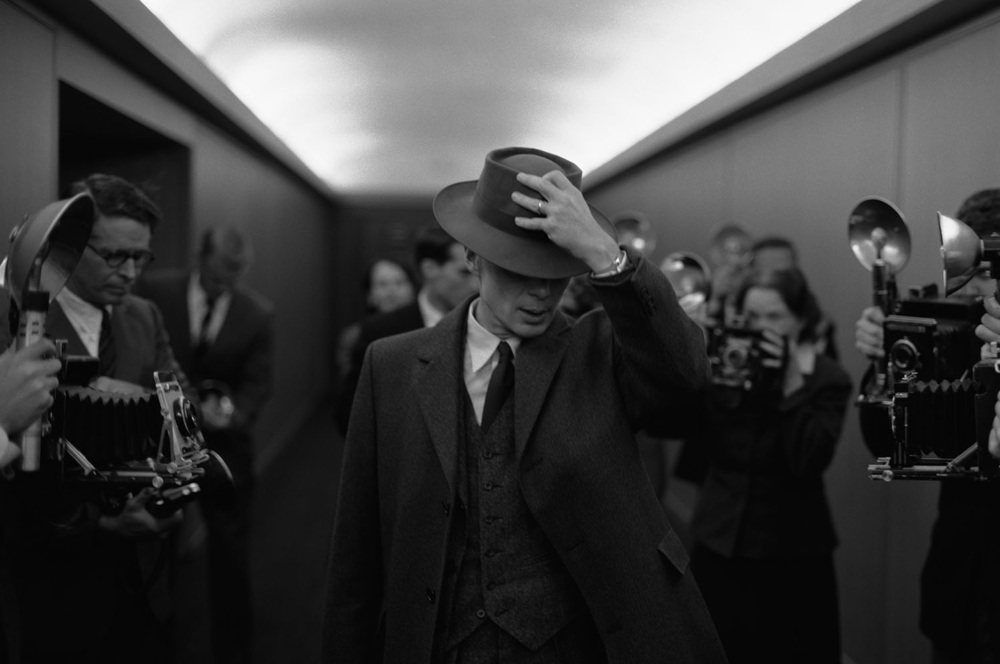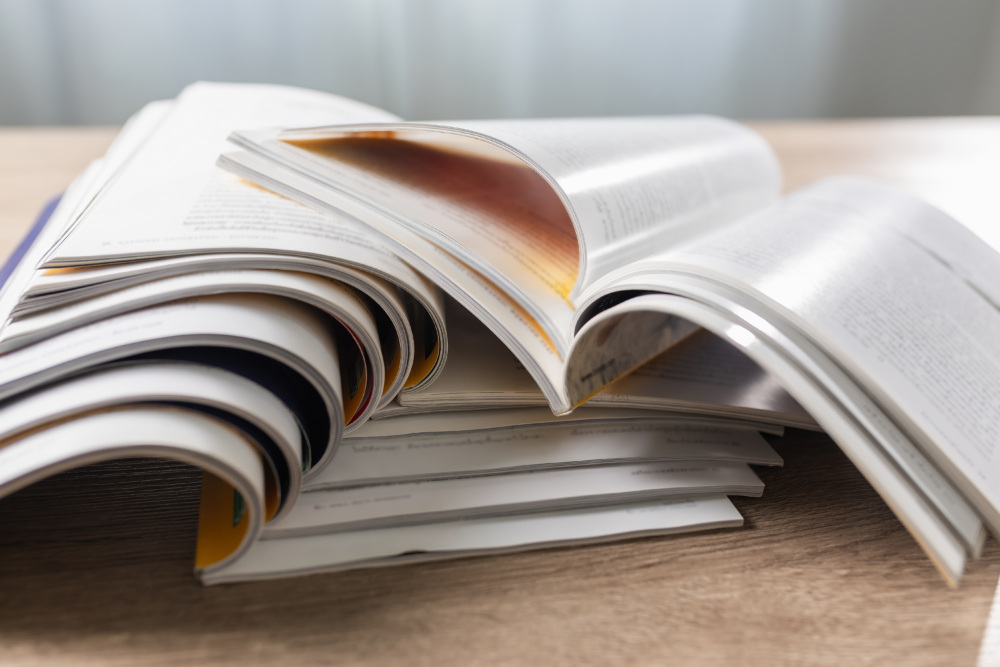This post was written by Margaret Miller, an intern with
NTI’s Global Nuclear Policy
Program. Miller graduated from the College of William & Mary –
University of St Andrews Joint Degree Programme and will begin graduate studies
at Georgetown University’s Security Studies Program in the fall.
The title of the new United Nations Institute for Disarmament
Research (UNIDIR) report on gender parity in arms control, non-proliferation,
and disarmament diplomacy says it all: Still
Behind the Curve. But why? And what can be done about
it?
On June 24, 2019, the Carnegie Endowment for International
Peace hosted a presentation of the UNIDIR report. James Acton,
co-director of Carnegie’s Nuclear Policy Program, discussed the report’s conclusions
with Renata Dwan,
director of UNIDIR, and Laura
Holgate, NTI Vice President for Materials Risk Management.
Still Behind the Curve reported four key findings:
- Gender parity has improved in arms control,
non-proliferation, and disarmament diplomacy over the past 40 years – but still
falls short.
- Women attain more equal representation in large
forums but tend to be shut out of small meetings. At the same time, women are
better represented in committees on social, humanitarian, and cultural issues
than disarmament and international security.
- Women have remained consistently underrepresented
in leadership positions over the past 40 years, beyond what the low proportion
of women in disarmament diplomacy would predict.
- Over the past four decades, Latin American,
Caribbean, Western European, and “other” delegations had higher female representation,
while African and Asian-Pacific nations sent delegations with more men to
multilateral forums in the United Nations. Gender parity also correlated with
income: high-income states achieved a slightly better gender balance than
low-income ones in disarmament diplomacy.
The report suggested possible reasons for the gender
imbalance, including “the perceived binary hierarchies between male–female and
hard–soft policy issues; the military nature of the subject matter; work–life
balance; institutional and informal practices that sustain gendered hierarchies
and divisions of labour; and lack of consensus on the impact of socially
constructed gender attributes in arms control, non-proliferation and
disarmament negotiations.”
Breaking Down the Barriers to Equal Participation
Acton introduced the panel by noting that he was “in awe of
the amount of effort that went into [the UNIDIR report],” which draws on an
“astonishing wealth of empirical data.” Dwan addressed the data included in Still
Behind the Curve—forty years of multilateral meetings in the United Nations
involving nuclear, chemical, biological, and conventional arms diplomacy.
After summarizing the key findings, Dwan discussed the
UNIDIR working groups convened with diplomats to examine their views on gender
parity. Many diplomats argued that arms control was associated with so-called “hard”
characteristics, such as “toughness,” military experience, engineering or STEM
backgrounds, and seriousness. Diplomats noted that family tasks, lengthy
assignments, and countries “hostile” to women made gender parity more
difficult. Further, Dwan noted that “not everyone shared the view…that gender
equality is a right; that women should be at the table simply because they’re
human beings.”
Holgate discussed Gender Champions in Nuclear Policy,
an initiative she is co-leading to engage leaders in fostering gender parity.
Holgate declared that “systemic change requires top-down attention” to match
women’s grassroots efforts, such as networking and mentorship. She also noted
“the importance of male allies,” commenting that men lead so many organizations
that gender parity efforts need their support. Holgate said, “one of the most
compelling arguments” for gender parity in nuclear forums is “more diversity
means more effectiveness,” with the goal “to have as many talented voiced in
the room as possible.”
Improving Gender Parity Is Not a Distraction
Dwan was asked how the UNIDIR report had been perceived by
governments and disarmament diplomats, and she noted that the community overall
is eager for new ideas in a period of deteriorating arms control. However, some
states see efforts to improve gender representation as a “Western debate” that
distracts from the erosion of arms control regimes and risk of nuclear
escalation. In response, Dwan remarked that “you can walk and chew gum at the
same time” and the two issues may be related—perhaps the room’s composition has
something to do with the current crisis.
Both Dwan and Holgate noted the difficulty of navigating
stereotypes, including that women are inherently pacifistic, while emphasizing
the importance of gender parity. Dwan highlighted how LGBTQ, gender, and racial
diversity are linked, remarking that “gender parity opens that door” to start
looking at a broader range of candidates. To that end, Holgate said that
“diversity isn’t just add estrogen and stir,” but including women can be the
start of a more inclusive process.
Download the full report here.




